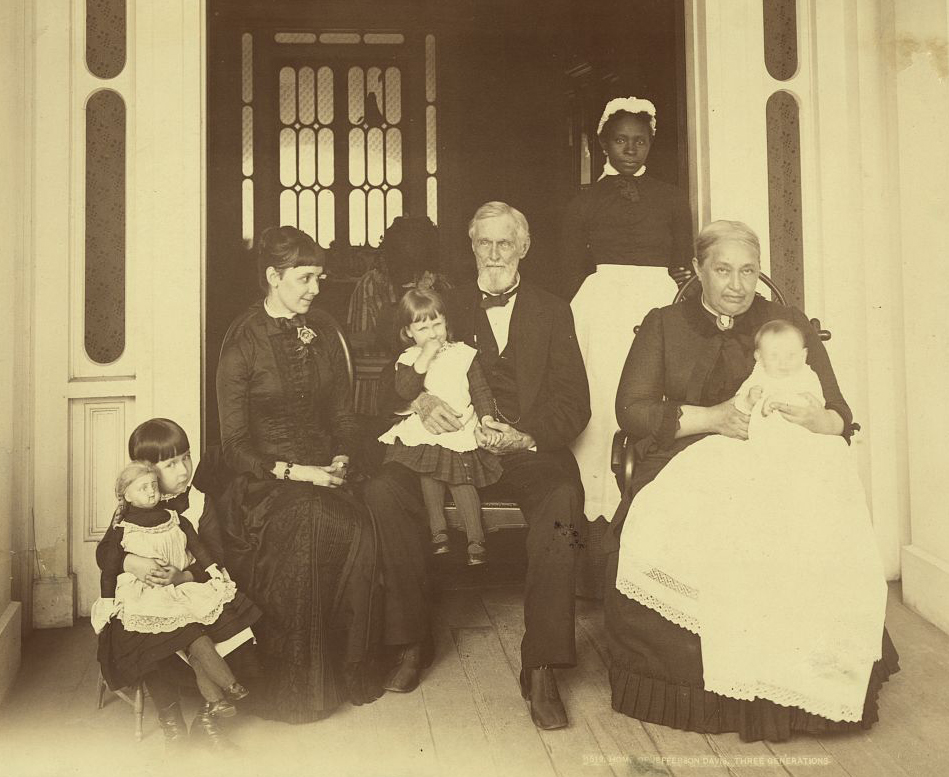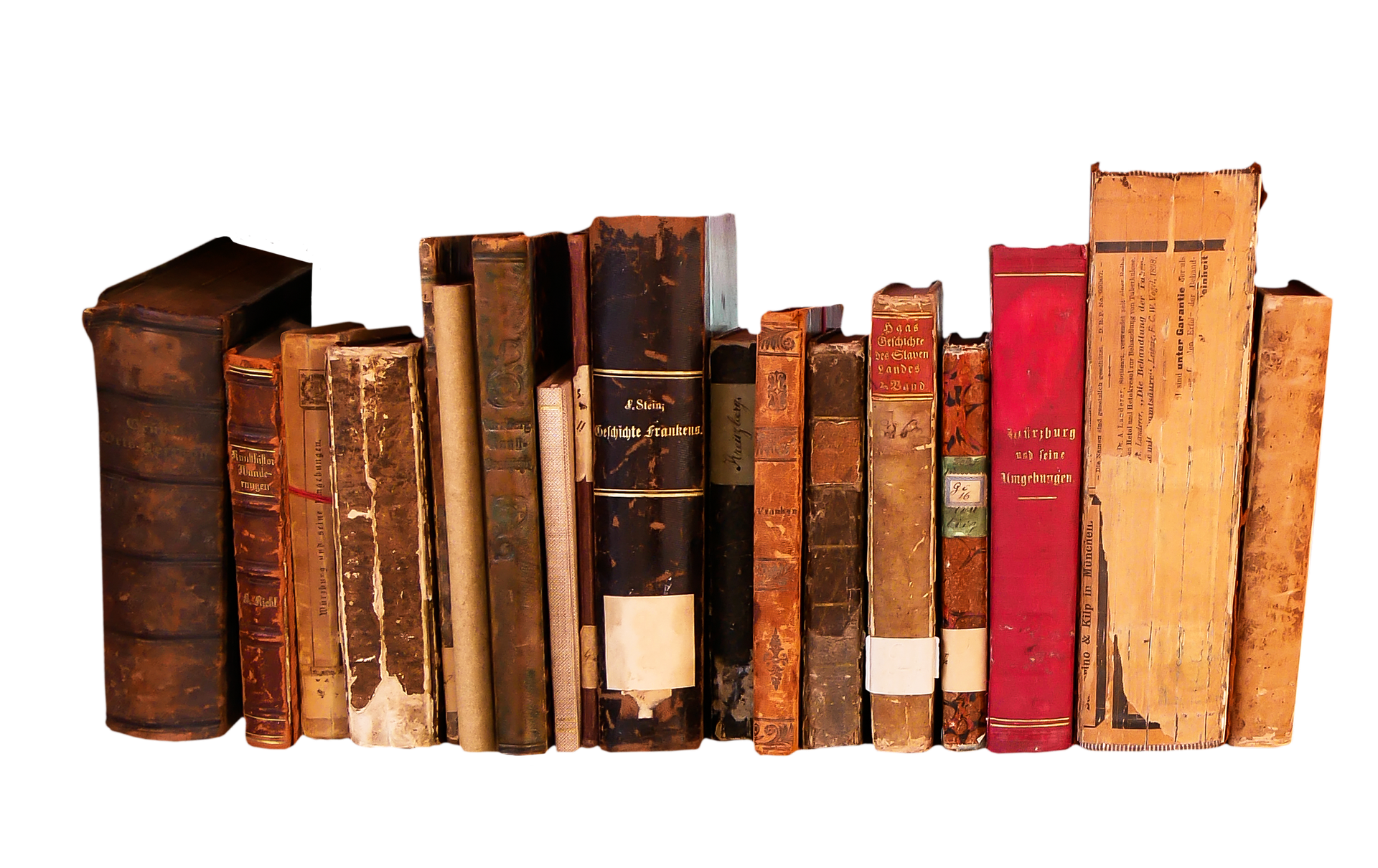Confederate President Jefferson Davis occupied an anxious home in Richmond, Virginia, during the Civil War. A steady leak of information dripped from the highest ranks of the Confederacy to the Union. Davis was wary of a mole in his house, but had no idea how to stop the flow of information. Little did he know, a Union spy found her way into deepest parts of the Confederate White House as part of an abolitionist woman’s spy ring.
These women, Elizabeth “Crazy Bet” Van Lew and Mary Bowser, a freed slave who posed as a Davis’s servant, worked together to bring down the political fixtures of the South from the inside out.
Spies were common on both sides of the Civil War. Van Lew organized a spy ring in the heart of the Confederacy and Bowser, with her photographic memory and incredible acting skills, was able to relay critical intelligence to Van Lew, which would then make its way to the Union.
Spying on the most elite members of the Confederacy required the deception of more than just the enemy. In order to keep from exposing themselves, the women needed to fool society around them. They opted to be labeled as senseless and stupid instead of revealing themselves as the canny operators that they were.
Van Lew was born in 1818 into an affluent family in Richmond. After receiving her education as a teenager in Philadelphia, she began to see the injustice of slavery throughout the country. And as she got older, her stance against slavery only got stronger, despite the fact that her family owned slaves.
Following her father’s death in 1843, Van Lew and her widowed mother freed the slaves that the family owned, and Van Lew used the money from her father’s death—$10,000 (about $200,000 in today’s currency)—to buy and free the relatives of the slaves that her family had owned.
“No pen, no book, no time can do justice to slavery’s wrongs, its horrors,” Van Lew wrote in her diary, as reported by author Elizabeth R. Varon in the biography Southern Lady, Yankee Spy: The True Story of Elizabeth Van Lew, A Union Agent in the Heart of the Confederacy.
Among the many freed slaves was young Mary Bowser, born Mary Jane Richards. Believed to have been born between 1839 and 1841, Richards remained a servant for the Van Lew family after attaining her freedom. Bowser was given special treatment from the time she was baptized as an infant at the family’s church, and was sent by Van Lew to the North, possibly Philadelphia, to receive a formal education. At the end of Richards’ education, Van Lew dispatched her as a missionary to the West African nation of Liberia in 1855.
Richards stayed in Liberia, which was founded by freed American slaves, until 1860, but was unhappy living there. When she finally came back to America, she was promptly arrested, likely because of a law that prohibited black Virginianswho had lived in a free state or gotten an education from returning. She spent 10 days in jail before Van Lew paid her bail.

Richards used aliases from the moment that she was apprehended to the time that she was released, going by both Mary Jane Henley at her arrest and Mary Jones at her release—an early precursor to her ability to take on the role or title that best benefitted her scenario. The records that follow her life bear witness to the many names she used. She married fellow Van Lew servant Wilson Bowser on April 16, 1861, and was then known as Mary Elizabeth Bowser. The Civil War erupted just four days before the marriage.
Shortly afterward, Van Lew began volunteering as a nurse at the tobacco warehouse in Richmond—the capital of the Confederacy—that housed Union prisoners and would later become known as Libby Prison. In July of 1861, she and her mother started to bring food, clothes, books, medicine and other materials to the prisoners.
Unbeknownst to the guards, Van Lew was unofficially helping the Union with her deliveries, hiding messages and plans for escape in her deliveries. She even housed escaped Union soldiers, helping them as they tried to make their way back to the North.
Van Lew’s assistance to enemies of the Confederacy was met with disdain in Richmond, where residents were proud of the pro-slavery stance that their government upheld, shunning—and sometimes threatening—those that were sympathetic to the Union cause. But under the guise of a false persona in which she mumbled nonsense and was easily distracted, “Crazy Bet” was left alone by her fellow Southerners.

Word of Van Lew’s efforts to help the Union reached military leaders in the North, namely General Benjamin Butler, who sent a representative to recruit her as a Union spy. Under the instruction of Butler, Van Lew started to grow her network of spies, having them deliver dispatches in a colorless ink that could only be deciphered when milk was applied to the page.
Van Lew’s most valuable asset in her spy operation was Mary Bowser, who was able to spy for the Union in an entirely different way: from the vantage point of a domestic servant. After cleaning and cooking at several functions for the family of Confederate President Jefferson Davis, Bowser was hired as a full-time servant in the Confederate White House.
There, she swept and dusted in the nooks and crannies of Davis home, reading the plans and documents that were laid out or hidden in desks, and reporting her findings to Van Lew. Equipped with a photographic memory, she was a troublesome spy to have behind enemy lines.
There’s not much information as to what Bowser was able to report back as a spy, as all of her dispatches to Van Lew were destroyed out of fear that they would lead to severe repercussions. However, Van Lew’s diary entries imply that Bowser’s reports were critical in helping the Union navigate their way towards victory during the war.
“When I open my eyes in the morning, I say to the servant, ‘What news, Mary?’ and my caterer never fails!” Van Lew wrote. “Most generally our reliable news is gathered from negroes, and they certainly show wisdom, discretion and prudence, which is wonderful.”
As the war came to a close, in 1865, Van Lew was thanked personally by Union General Ulysses S. Grant. “You have sent me the most valuable information received from Richmond during the war,” he reportedly told her.
Grant even gave Van Lew money for her services to the Union. Unfortunately, it wasn’t enough to cover the money she had already spent operating a spy ring of more than a dozen people; she had largely exhausted her inherited wealth during the Civil War. Afterward, she was left poor and abandoned by her community after it was revealed that she was a Union spy.

On Van Lew’s deathbed, in 1900, the story of Mary Bowser came to light in press accounts. In the Richmond and Manchester Evening Leader, it was reported that Van Lew described a “maid, of more than usual intelligence” who was educated out of state, sent to Liberia and planted as a servant to Davis during the war. A decade later in a Harper’s Monthly interview, Van Lew’s niece, Annie Randolph Hall, identified the woman as Bowser.
Bowser, meanwhile, did not wait long to tell of her incredible exploits. In fact, just days after the fall of the Confederacy, Bowser, using her maiden name Mary Jane Richards, began to teach former slaves in the area. In 1865, she traveled throughout the country, giving lectures about her experiences at war under the name Richmonia Richards.
The New York Times listed one such event with the notice “Lecture by a Colored Lady,” which stated “Miss RICHMONIA RICHARDS, recently from Richmond, where she has been engaged in organizing schools for the freedmen, and has also been connected with the secret service of our government, will give a description of her adventures, on Monday evening, at the Abyssinian Baptist Church, Waverley-place, near Sixth-avenue.”
Fittingly for a former double agent, Richards’ speeches often contradicted one another, leaving historians befuddled as to her actual story. One thing that remained consistent, however, were reports of her sarcastic and humorous speaking style. As Richards traveled the country, records of her whereabouts begin to fade, in true spy fashion. She was last seen meeting abolitionist Harriet Beecher Stowe in Georgia in 1867, sharing the riveting story of her life as a spy yet again.
–history.com




